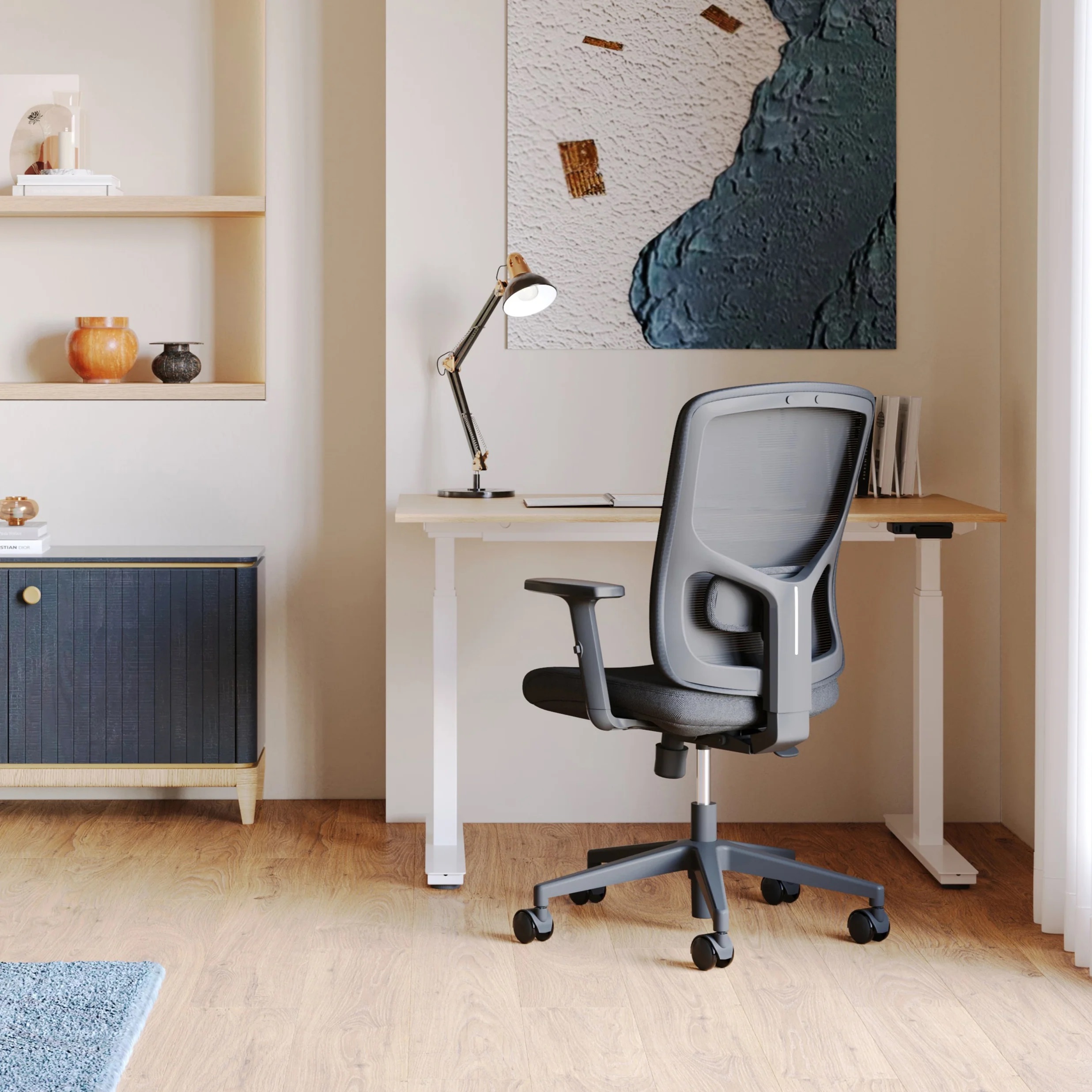Golden State Mold Inspections: Safe & Thorough Assessments for Your PropertyGolden State Mold Inspections: Safe & Thorough Assessments for Your Property
Golden State Mold Inspections: Safe & Thorough Assessments for Your Property

Golden State Mold Inspections is committed to protecting the health and safety of homes and businesses across Southern California. Our coastal climate—with its high humidity and frequent fog—creates ideal conditions for mold growth. That’s why our team provides comprehensive, non-invasive mold assessments designed to identify hidden problems before they cause property damage or affect indoor air quality.
Whether you own a beachside residence in Manhattan Beach or manage a commercial space in Marina del Rey, Golden State Mold Inspections offers the expert support and actionable insights you need to move forward confidently.
Mold Risks in Coastal California
Living near the coast offers many benefits—mild temperatures, ocean views, and fresh air—but it also comes with unique challenges. Moisture intrusion is one of the most common issues for buildings in beach communities like Redondo Beach, El Segundo, and Hermosa Beach. When left unchecked, that excess moisture can foster mold colonies in crawl spaces, drywall, attics, HVAC systems, and behind kitchen cabinets.
At Golden State Mold Inspections, we help you catch mold before it spreads. Early detection is key to:
Preserving property value
Preventing structural rot
Reducing health risks from allergens or mycotoxins
Avoiding delays in real estate transactions
Supporting legal documentation for insurance claims
Our inspections are designed for both proactive homeowners and clients dealing with existing issues, offering a tailored approach to every situation.
How Our Mold Inspection Process Works
Our step-by-step process ensures every inspection is accurate, detailed, and helpful. We begin with a personalized consultation and finish with a full-color digital report complete with laboratory analysis if sampling is needed.
1. Initial Assessment
We begin by gathering background information—has there been a recent water leak? Are there musty odors? Have occupants experienced symptoms such as coughing, sneezing, or headaches indoors?
2. Visual Inspection
Next, we conduct a visual walkthrough of the property. Using specialized tools like high-lumen flashlights and borescopes, we check areas that are often missed, including beneath sinks, behind furniture, and inside closets.
3. Moisture Mapping
Moisture meters and infrared cameras help us detect hidden leaks or elevated humidity. We pay close attention to windows, bathrooms, roofing materials, and HVAC systems—common hotspots in coastal homes.
4. Sampling and Lab Testing
When necessary, we collect indoor air samples and surface swabs to determine the concentration and type of mold spores present. Samples are processed by an accredited laboratory, and results are typically available within 1–2 business days.
5. Detailed Reporting
Our reports include a summary of findings, annotated images, moisture readings, and lab data. Most importantly, we provide clear, actionable recommendations—whether it’s fixing a leak, improving ventilation, or seeking remediation services.
We believe transparency is essential. That’s why we walk you through the entire process and remain available for follow-up questions, even after the report is delivered.
Who We Serve
Golden State Mold Inspections is trusted by homeowners, real estate professionals, and business owners alike. Here’s how our clients benefit from our services:
Homeowners & Tenants
If you suspect mold in your home, our inspection offers peace of mind and direction. Whether you’re worried about health effects or preparing for a remodel, we help clarify the scope of the issue.
Homebuyers & Sellers
In real estate, surprises kill deals. A mold inspection from Golden State Mold Inspections can ensure transparency and protect both parties from post-sale disputes.
Property Managers & Landlords
Multi-unit buildings and rental homes are prone to mold complaints. We help you document conditions, respond to tenant concerns, and plan proactive maintenance.
Contractors & Insurance Adjusters
Renovation and repair projects often uncover mold. Our inspections support your estimates, claims, and recommendations with objective data.
Healthcare-Sensitive Clients
For families with young children, elderly residents, or individuals with asthma or compromised immune systems, indoor air quality is essential. We help ensure the environment is safe.
Why Golden State Mold Inspections is a Trusted Name
Our reputation across California’s South Bay is built on precision, honesty, and independence. Here’s what sets us apart:
No Conflict of Interest: We don’t offer mold remediation services. That means our reports are unbiased and focused solely on facts—not sales.
Local Experience: We understand how different microclimates, construction types, and materials affect mold risk in areas like Torrance, Playa del Rey, and San Pedro.
Certified Professionals: Our inspectors are trained and certified in mold assessment, indoor air quality testing, and environmental health protocols.
Clear Communication: We avoid technical jargon and focus on giving clients real answers in plain language.
Fast Turnaround: In most cases, reports with lab results are delivered within 48 hours of inspection.
We pride ourselves on being the go-to source for clear, objective mold assessments across Southern California’s coastal cities. At Golden State Mold Inspections, we give our clients more than a checklist—we give them clarity, confidence, and control.
Have Questions About Mold in Your Property?
If you’ve noticed damp smells, water staining, or recurring allergy symptoms, it’s time to take the next step. At Golden State Mold Inspections, we’re here to help you get the answers you need to make smart decisions about your property’s health. Reach out today to schedule your professional mold inspection with a team that knows how to protect California homes from the inside out.




